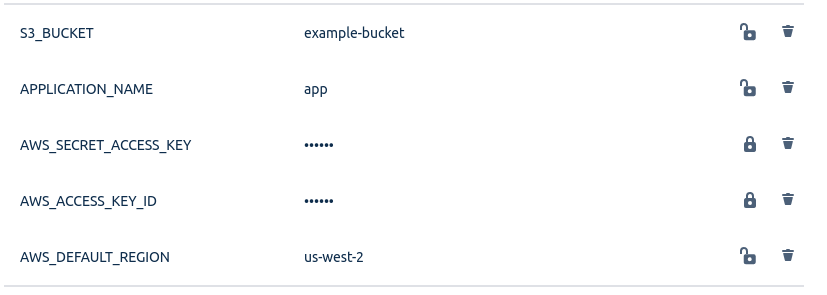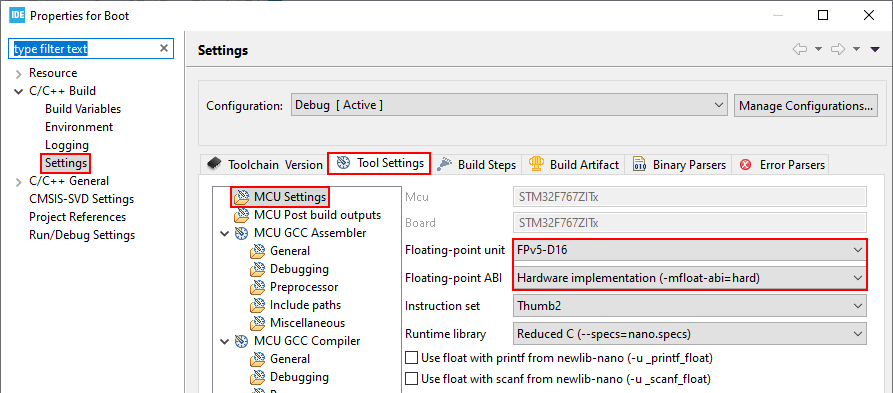
Bitbucket pipeline atollic truestudio code#
The change they propose is correct for the business, but it has unintended consequences–it breaks other code that relied on the old behavior.įailing tests in this case are good! One of the primary benefits of writing tests is documenting business logic, and in this case we want to know if a change in one part of our code will affect other parts. Suppose a developer makes a pull request with some changes. deploy.sh step is for a theoretical deployment bash script which would push your code to your server. The deployment property is used by Bitbucket to tag those steps as production or staging.įinally, the. The branches object shows that there are two branches being watched, the master and develop branches. The default pipeline shows that tests will be run for every pull request. With those requirements, you might have a Pipelines YAML file like this: image : node : 8.11

The list items inside script are each steps that execute. If you have a default property, all pull requests and merges will execute those steps if no other branch Pipeline is specified. Those two will contain the steps to run as part of the Pipelines process. The pipelines is an object which can basically only have default and branches as properties. In this example, I’m supporting NodeJS 8.11, and my tests will execute in that environment. For a normal JavaScript project, you’ll specify the image as node:$VERSION, where $VERSION is whatever the most recent version of NodeJS your project supports. The image is essentially the Docker image to execute the Pipeline steps in. It contains the configuration details to get Pipelines working.Īt the simplest, the YAML file needs to specify an image and a default pipeline. The basic setup for Bitbucket Pipelines requires a file named bitbucket-pipelines.yml placed at the root of the repository. If you clone the demo repo and play with it locally, you can try modifying the index.js file and running the unit and linting tests, to see what those look like when they break.

Running tests for this project is as easy as: npm run lint That means the version of tape and eslint (used for unit testing and linting) that run in Pipelines will be the same version specified in the package.json file, eliminating version difference errors. The first thing to note is that I’ve set up unit tests and linting to run as npm run scripts. I’ve setup a fully configured repository in Bitbucket that you can go look at, and the rest of this blog post will be an explanation of that repository. If you’d like help setting up automated tests for your project, reach out and I’ll see if I can help guide you!

This blog post assumes you are managing a NodeJS project, but the instructions here will probably apply to similar projects. If you are using Bitbucket to host your project code, you can take advantage of their Pipelines offering to setup these automated tasks easily and effectively. Setting up your project with automated tests and deployments is so valuable that I consider it to be one of the fundamentals of a successful project! It increases developer productivity and decreases bug counts drastically.

The following images for Node and Ruby contain databases, and can be extended or modified for other languages and databases.Bitbucket with Pipelines and automated tests Use a Docker image configured with a databaseĪs an alternative to running a separate container for the database (which is our recommended approach), you can use a Docker image that already has the database installed. MAX_HEAP_SIZE: '512M' # Need to restrict the heapsize or else Cassandra will OOMĬassandra will be available on localhost:9042.


 0 kommentar(er)
0 kommentar(er)
